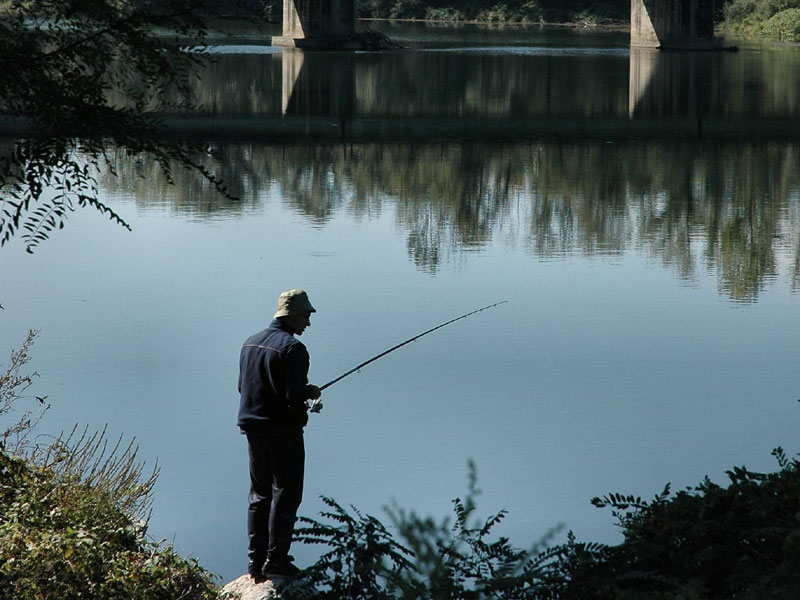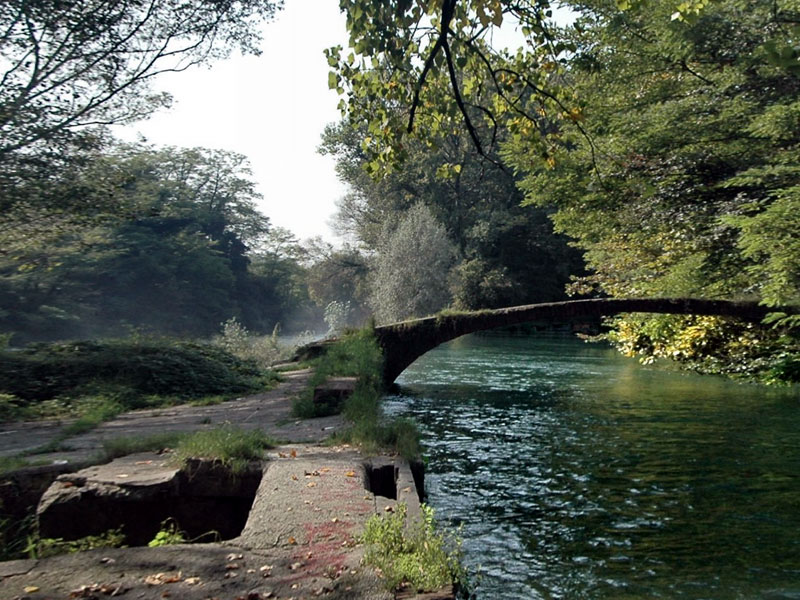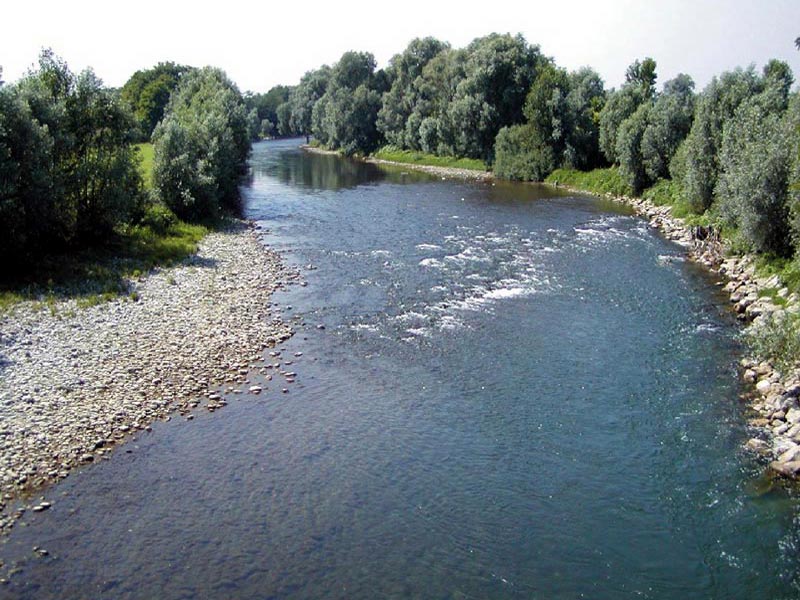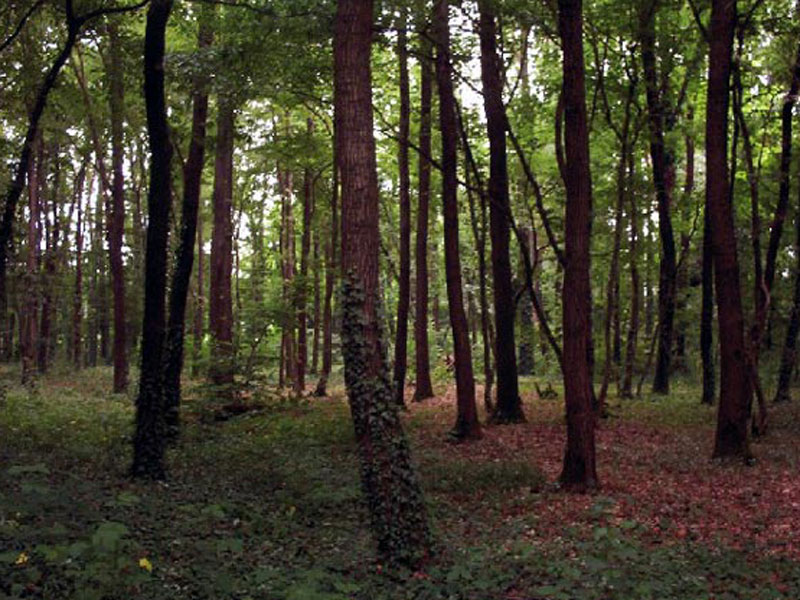Protected Area
Identity Card
- Oglio Nord Regional Park:
- Land Surface Area: 14'170.00 ha
- Regions: Lombardia
- Provinces: Bergamo, Brescia, Cremona
- Municipalities: Alfianello, Azzanello, Bordolano, Borgo San Giacomo, Calcio, Capriolo, Castelli Calepio, Castelvisconti, Cividate al Piano, Corte Dè Cortesi, Corte de' Frati, Credaro, Gabbioneta-Binanuova, Genivolta, Orzinuovi, Palazzolo Sull'Oglio, Palosco, Paratico, Pontevico, Pontoglio, Pumenengo, Quinzano d'Oglio, Robecco d'Oglio, Roccafranca, Rudiano, Sarnico, Scandolara Ripa d'Oglio, Seniga, Soncino, Torre Pallavicina, Urago d'Oglio, Verolavecchia, Villachiara, Villongo
- Establishment Measures: LR 18 16/04/1988
- Park Authority: Ente Parco Oglio Nord
- Further managed Protected Areas:
- Riserva Regionale Boschetto della Cascina Campagna
- Riserva Regionale Bosco de l'Isola
- Riserva Regionale Bosco della Marisca
- Riserva Regionale Bosco di Barco
- Riserva Regionale Isola Uccellanda
- Riserva Regionale Lanca di Gabbioneta
- Riserva Regionale Lanche di Azzanello
- ZPS Bosco di Barco
- Zona di Protezione Speciale Lanca di Gabbioneta
- Zona Speciale di Conservazione Barco
- Zona Speciale di Conservazione Boschetto della Cascina Campagna
- Zona Speciale di Conservazione Bosco della Marisca
- Zona Speciale di Conservazione Gabbioneta
- Zona Speciale di Conservazione Lanche di Azzanello
- Zona Speciale di Conservazione Scolmatore di Genivolta
- Zona Speciale di Conservazione e Zona di Protezione Speciale Bosco de l'Isola
- Zona Speciale di Conservazione e Zona di Protezione Speciale Isola Uccellanda
From the River Oglio to the Park
The river Oglio, at its outflow from Iseo Lake, crosses the side of Bergamo among steep banks, while downstream it flows between the plains of Crema and Mantua in territories which are mainly used for agricultural purposes. However, this landscape which has been deeply modified by reclamation activities, deforestation, and intensive poplar growing, is characterized by relicts of riparian woods of considerable botanical and ecological relevance, as well as stretches of water and meanders populated by aquatic vegetation: they justify, with their particular features, the safeguard measures linked to the Park establishment.
Nature
The landscape on the two banks of the river Oglio in its middle stretch is characterized by a twofold nature with clearly different geomorphological features. The plain covered by a very thick system of parcels interwoven by the artificial hydrography, tree rows and arboreal hedges, roads, tracks, trails, and scattered with a constellation of farmsteads which form a circle around the main towns clashes with the river valley marked by banks covered with woods, at the bottom of which the river Oglio irregularly flows. The course of the river is outlined by white gravel highlighting its bends, unraveling development, and obstacles.
History
In most of the plain of Brescia the river Oglio has represented since ancient times a boundary between territories with different administrations. During the Roman period its course marked the clear physical border between adjacent 'municipia', and the river preserved in time such a boundary function: the territories on the left bank will remain to Brescia, while those on the right bank will remain to Cremona.
The Park between History and Legend
In ancient times, among the rivers Adda, Serio and Oglio there was the sea. It was not the Pliocene sea which had transformed the Po Plain in a great Adriatic Gulf, but a freshwater sea or lake dating back to a later geological epoch, a post-glacial epoch. It still existed in historical epoch, and was confusedly recalled at the same time by the news and by legends. It was called sometimes lake and sometimes sea, but the word "sea" must be cautiously used: in our case the Italian word for sea "mare" derives from the Latin "mara", meaning "marsh".
Territory and Environment
The protagonist of the Park is the river Oglio which, flowing out of
Iseo Lake near Sarnico (BG), up to Gabbioneta Binanuova (CR), runs for
a long stretch among sometimes steep banks, shores which have been
deeply changed by man, and charming and still uncontaminated patches
like the last residual woodlands and some wetlands, with different
development situations (habitats of considerable importance for the
avifauna and the aquatic animals).
Among the vegetal species present
in the Park, a very important role is played by big trees like the
Maple, the European and Hop Hornbeam, the Chestnut tree, the Alder, the
White and Black Poplar, the Ash Tree, the Willow, and the Reed.
Among
the animals, you can meet in the Park the Hazel Mouse, the Dormouse,
the Hedgehog, the Mole, the Hare, the Wild Rabbit, the Frog, and the
Toad. If you are lucky you can sight rarest animals, such as the
Weasel, the Stone Marten, the Badger, and the Fox. The avifauna is also
very rich: you can see the Little Egret, the Grey Heron, the Tawny Owl,
the Owl, the Crow, the Coot, the Seagull, the Blackbird, the
Woodpecker, the Swallow.
The Nature Reserves
Within the territory of Oglio Nord Park especially in the middle of it, there are seven Nature Reserves whose importance derives from the presence of botanic and faunistic species of great interest and great naturalistic and environmental value.
The seven Nature Reserves are:
- Boschetto della Cascina Campagna
- Bosco de l'Isola
- Bosco di Barco
- Bosco della Marisca
- Isola Uccellanda
- Lanche di Azzanello
- Lanca di Gabbioneta
These protected areas have a great naturalistic and environmental value, and as a consequence require a particular safeguard in order to preserve and enhance them.
The vegetation varies, going from hygrophilous woods (like "Lanche di Azzanello"), to mixed woods (like Isola Uccellanda), to the residual woods of oaks-hornbeams (like the "Boschetto della Cascina Campagna").
The average area of the Nature Reserves in the Park is of about 30 hectares: from an area of 1 hectare in "Boschetto della Cascina Campagna", up to the 60 hectares in Isola Uccellanda











